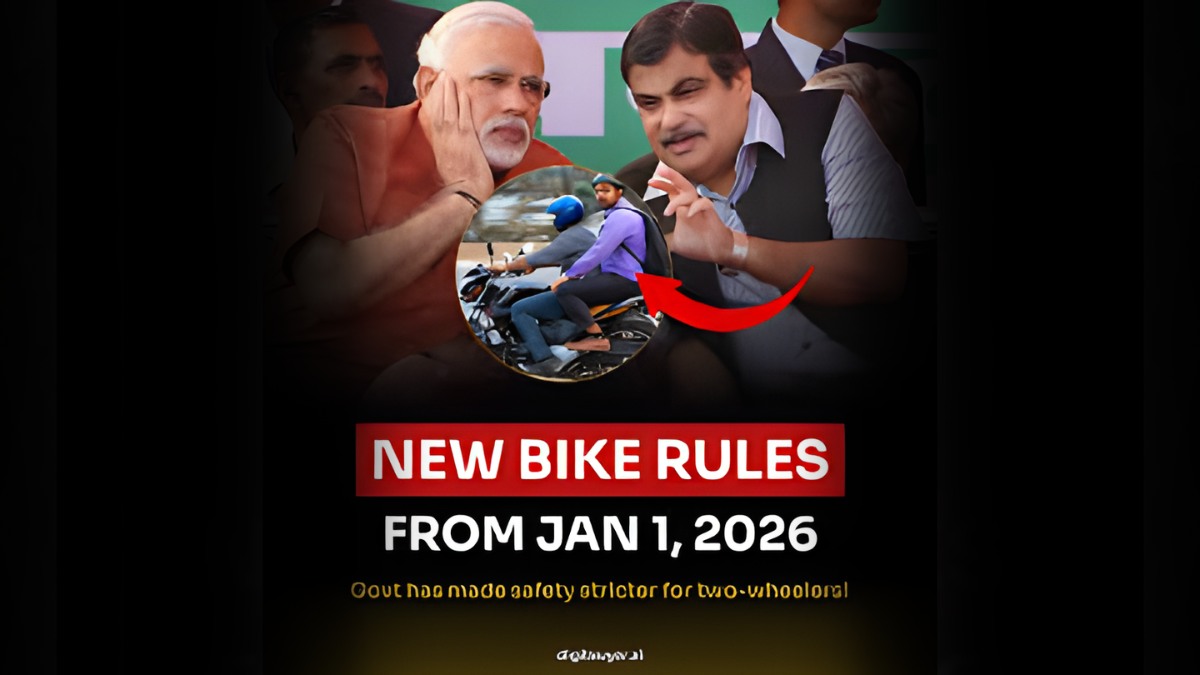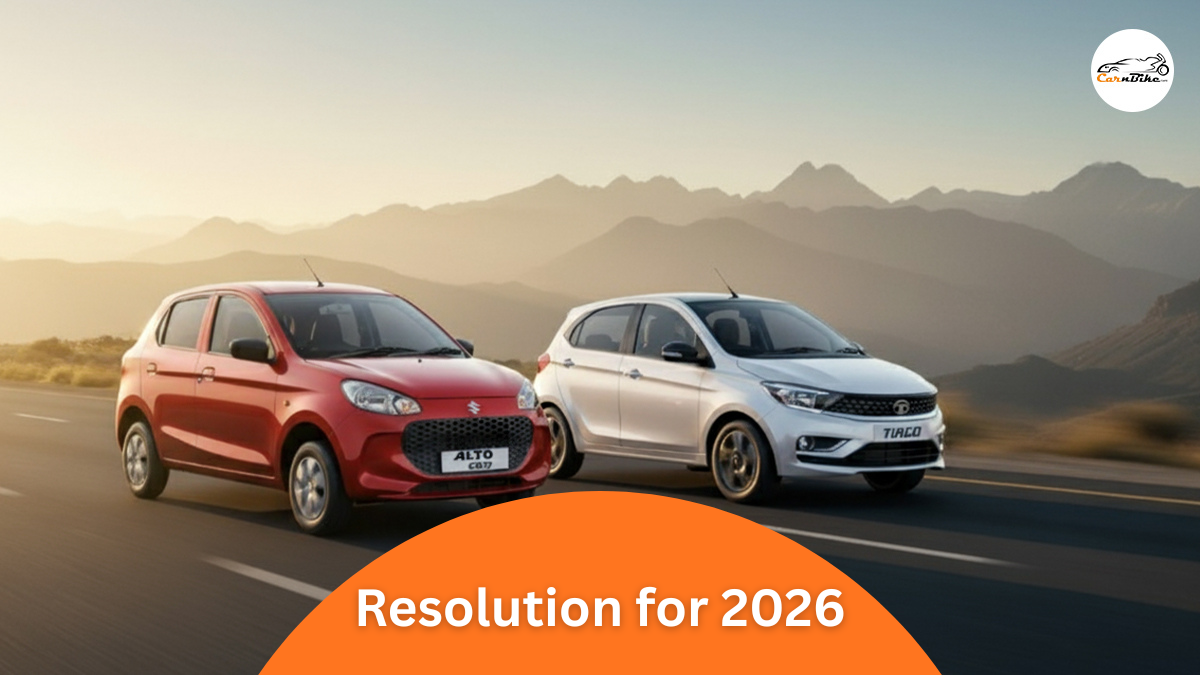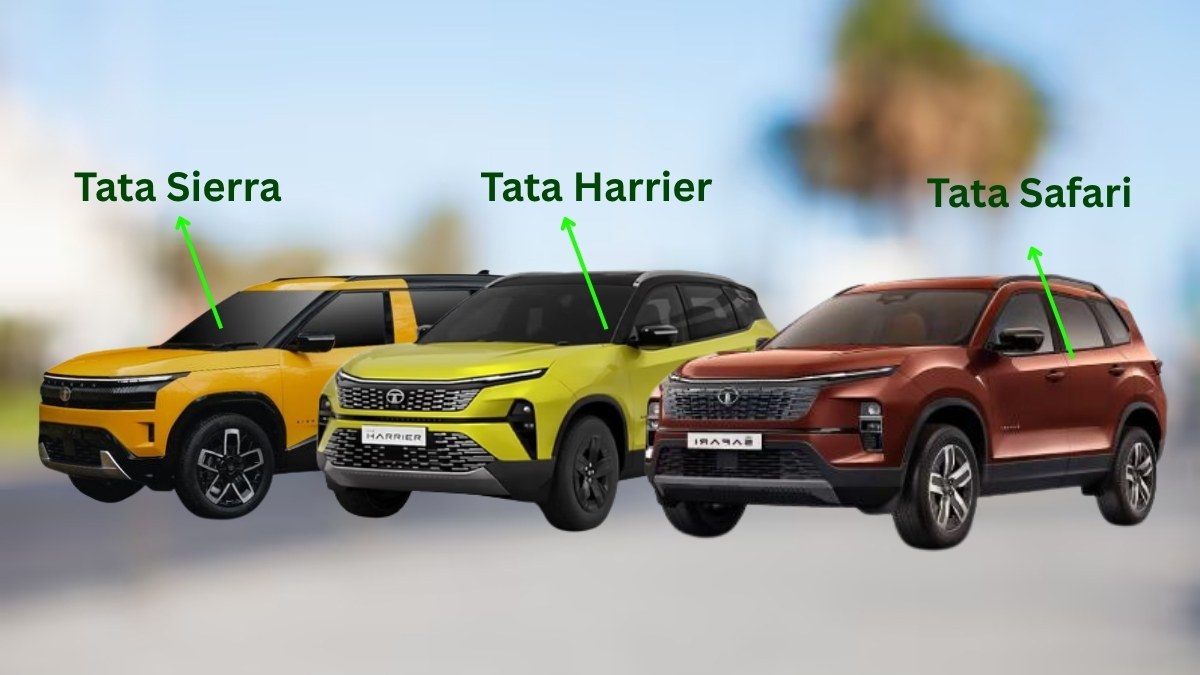2026 Safety Norms in India: New Rules for Cars & Two-Wheelers
- Cars
- 14 Nov, 2025

India is moving aggressively toward reducing road accidents and improving vehicle safety standards. With the government tightening regulations and updating safety requirements every few years, the upcoming 2026 Safety Norms in India are set to bring significant changes for both cars and two-wheelers. These new rules aim to improve structural strength, enhance crash protection, and increase the adoption of advanced safety technologies.
The push for updated norms comes at a crucial time, considering India’s high accident rates and the increasing number of vehicles on the road. The 2026 rules are designed to promote safer mobility, encourage manufacturers to adopt global standards, and raise consumer confidence in vehicle safety.
Major Changes Under the 2026 Safety Norms
1. Mandatory Six Airbags for Cars
One of the biggest updates expected under the 2026 norms is mandatory six airbags in all passenger cars. This requirement will apply to all variants, even entry-level models that currently offer only one or two airbags.
This move aims to reduce casualties in both frontal and side-impact crashes.
2. Updated Crash Test Rules
India’s existing crash test regulations—comprised of frontal offset tests and side impact tests—will be revised to meet higher global standards.
Cars may be required to meet improved performance levels in:
- Side pole impact test
- Enhanced frontal crash test speeds
- Improved rollover protection
These updates align India more closely with European NCAP benchmarks.
3. Advanced Rider-Assistance Systems (ARAS) for Two-Wheelers
Two-wheelers account for the majority of road fatalities in India. Hence, the 2026 norms are set to introduce basic rider-assistance systems, such as:
- Traction control
- Cornering ABS (for premium models)
- Enhanced braking systems
- Stability control technology (depending on category)
This will mark the first time India sees ARAS becoming part of mandatory requirements.
4. Stricter Helmet and Riding Gear Regulations
The government is expected to enforce tougher rules around helmet quality, certification, and mandatory use.
Additionally, the norms may include:
- Mandatory certified helmets for pillion riders
- Anti-counterfeit labels on helmets
- Stronger penalties for non-compliance
5. Improved Child Safety Standards
For cars, the 2026 norms aim to make ISOFIX mounts mandatory even in entry-level hatchbacks.
For two-wheelers, safety guidelines for carrying children—including revised footrest rules and protective gear—may be updated.
6. Enhanced Battery Safety for Electric Two-Wheelers
With EV adoption rising, the government plans to introduce strict norms covering:
- Thermal management
- Battery cell quality
- Fire resistance
- Waterproofing standards (IP ratings)
These rules aim to reduce the number of EV fire incidents and improve reliability.
7. Increased Vehicle Testing and Audits
Manufacturers will undergo tighter audits and random compliance checks, ensuring vehicles sold to consumers genuinely meet safety ratings.
Why Choose Vehicles Compliant With 2026 Safety Norms?
1. Higher Protection During Accidents
Vehicles meeting the 2026 safety standards will offer better structural integrity and advanced features such as side airbags, traction control, and improved braking systems.
2. Long-Term Reliability
Buying a vehicle compliant with the latest norms means it’s designed with modern engineering, offering better quality materials, stronger body shells, and newer safety technologies.
3. Lower Insurance Premiums
Many insurance companies provide discounts on safer vehicles. With six airbags, better crash ratings, and safety assist systems, your premium could be lower.
4. Future-Ready Ownership
Road safety rules are becoming stricter every year. Choosing a 2026-ready vehicle ensures your car or two-wheeler doesn’t become outdated quickly.
5. Peace of Mind for Families
With safer seating, ISOFIX mounts, better helmet regulations, and stability systems, families—especially those with children—will benefit directly from increased safety.
Conclusion
The 2026 Safety Norms in India represent a major leap toward safer roads and advanced vehicle protection. By introducing mandatory airbags, improved crash testing standards, advanced rider-assist technologies, and enhanced EV battery guidelines, the government aims to reduce fatalities and increase consumer trust in the automotive industry.
Whether you are planning to buy a new car or upgrade your two-wheeler, opting for models that comply with the new norms ensures long-term value, better safety, and peace of mind. As India continues moving toward global safety benchmarks, these 2026 rules will play a crucial role in shaping a safer automotive future.
FAQs
1. What are the major safety changes coming in 2026?
Key changes include six airbags for cars, improved crash tests, ARAS systems for two-wheelers, stricter helmet norms, and enhanced EV battery safety rules.
2. Will car prices increase after these norms?
Yes, prices may increase slightly due to added airbags, stronger chassis requirements, and advanced safety technologies.
3. Are two-wheelers also getting new safety features?
Yes, two-wheelers will see improved braking systems, traction control (in some models), better helmet rules, and updated component safety.
4. Will these rules apply to existing vehicles?
Generally, new norms apply to vehicles manufactured after the implementation date, not older vehicles already on the road.
5. Are EVs included in the 2026 safety norms?
Yes, especially electric scooters and motorcycles, which will follow stricter battery fire safety and thermal management guidelines.
Latest Car News


Petrol vs Electric Cars: Which Is the Smarter Buy in 2026?

Maruti vs Tata vs Hyundai: Which SUV Is the Best Family Car in 2026?

Best Cars Under ₹10 Lakh in 2026

New Skoda Slavia Colors and Variants to Launch in 2026

Top 10 Most Fuel-Efficient Petrol Cars of 2026

Upcoming Budget SUVs Under ₹10 Lakh Launching in 2026

Tata vs Mahindra: Who’s Winning the EV Battle in India?

Car Resolutions for 2026 – Upgrade, Maintain, or Switch to EV?

How to Prepare Your Vehicle for Cold Weather

Hyundai Ioniq 3 India Launch Timeline: Expected Arrival in 2026














